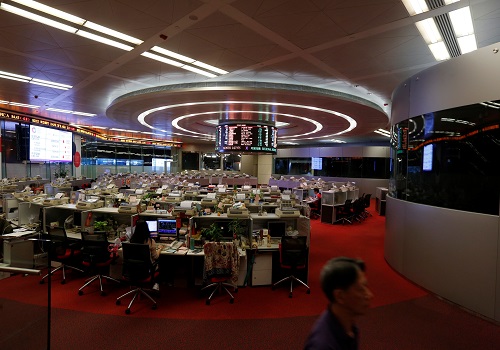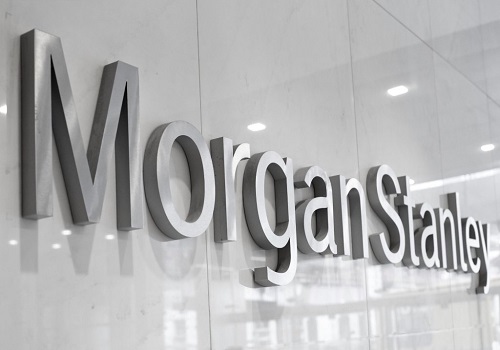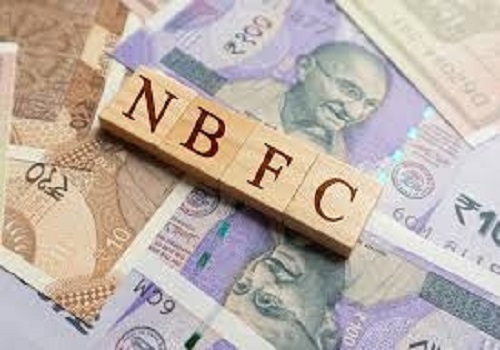Monetary Policy - Hikes FOMO: Be careful what you wish for By Emkay Global

Follow us Now on Telegram ! Get daily 10 - 12 important updates on Business, Finance and Investment. Join our Telegram Channel
https://t.me/InvestmentGuruIndiacom
Download Telegram App before Joining the Channel
* We studied various conventional monetary transmission channels to tame inflation and concluded that the RBI may need to bite the bullet cautiously. While HH expectations and the exchange rate pass-through channel show a feeble effect, the credit channel is the most effective but is already clogged. We revisit the 2010-11 cycle to seek insights and caution reading the RBI’s reaction function as being behind the curve.
* We reckon that amid the persisting slack, the flatter Phillips curve may call for a larger output sacrifice to contain inflation. A judicious policy mix is needed as economic agents share the burden of the global shock. The countercyclical fiscal shield can be effective while the monetary sword takes hold.
* Our Taylor’s estimate shows a max tightening of the policy rate by 6% by FY23, of which liquidity tightening to 2% of NDTL is tantamount to estimated 25bps of rate hike. We see 100-125bps more front-loaded hikes in FY23 and 50bps of CRR hikes, with the June policy seeing 40-50bps hike + 25bps CRR hike.
RBI grapples with the rate hike FOMO…
As the global economy struggles in the throes of runaway inflation, the dramatic pivot by the Fed late last year now sees a swift catch-up by most EM Asian central banks (CBs), after the war in Europe changed the global commodity order. Pre-war expectations of limited financial volatility owing to the Fed had allowed Asian CBs, including the RBI, to be more domestic-driven. However, amid persistently high inflation and fears of being “behind the curve”, the India swap markets are now aggressively pricing a terminal rate closer to 7.0%+. While conventionally, tightening monetary and fiscal policies is the right response, we argue initial conditions matter for apt reaction functions as do the specific drivers of inflation.
…but watch out for channels of effective monetary policy transmission to manage inflation
The key channels through which a central bank targets inflation are:
(1) taming inflation expectations, (2) inducing FX strength and flows, and (3) making the cost of domestic credit expensive. While they make an excellent theoretical basis for inflation targeting (IT), the relevance of each channel in the Indian context needs a revisit. (1) Do expectations matter? We find limited statistical significance for India’s inflation. The DMs and select mature EMs have well-defined inflation-hedging instruments, and HH expectations are useful policy complements (albeit less predictive), so channel (1) is quite potent. India finds little empirical evidence that this route works, with no market-based measures. The HH expectations have significant recency/selectivity bias and are backward looking, with a low predictive power. Our construct of HH Perceived Price Index also shows weak statistical significance.
(2) How effective is exchange rate pass-through? We conclude that for the exchange rate route to work, RBI may needs to be very aggressive, given the anticipated aggressive Fed tightening. Technically, a rate hike narrows rate differentials, tends to anchor flows, and, in turn, FX, and thus imported inflation. This works well for EMs sensitive to debt flows with deep/open bond markets (LatAm, CE, EM Asia), while India, with a shallow debt market and mere 3%+ of foreign holdings, is more sensitive to growth flows. Besides, India’s import content of the consumer basket is low. About 5ppt increase in import prices contributes to 1-1.5ppt increase in domestic prices. Besides, estimates of exchange rate pass-through to inflation are low (5% INR depreciation leads to 20bp higher inflation).
(3) Credit channel: most effective but clogged already? We find in the Indian context, monetary transmission via the credit channel works best when trying to tame inflation by curbing demand, even though price/information/passthrough asymmetry exists. But the channel has remained clogged, as real credit growth has been negative for two years, and is currently hovering at mere 1.8%. Thus, the approach needs a watch before biting the wrong bullet.
Are we behind the curve again? -- Revisiting 2010-11 inflation cycle Markets fear that the RBI may have repeated the mistake of moving glacially in 2010-11, as it missed the underlying inflation dynamics and blamed it all on supply-side/global commodity cycle upturn and eventually found it difficult to tame inflation and external fragilities even with consistent hikes till 2013. We note the credit market was overheated then (real credit growth over 10%), with existing fiscal excesses, with enough demand-side vigor. However, this time is different. The persisting divergence between languishing private demand/credit and high core inflation merits attention for policy perspective. We caution the current DM macro backdrop is different, thus emulating the Fed could cost the economy.
For the love of Phillips curve, Taylor’s rule and terminal rate
We reckon that amid persisting slack, a flatter Phillips curve may call for a larger output sacrifice to tackle inflation. A judicious policy mix is needed. The fiscal shield can be countercyclical while the monetary sword takes hold, which could reduce future rate rises, output sacrifice and borrowing costs. Historical data depicts a weak causal relationship between fiscal deficits and inflation, while we agree there will be no free lunches. The economic burden of the crisis has to be shared deftly by economic agents. Making policy decisions based on pre-pandemic statistical coefficients may not be appropriate. Our Taylor’s estimate shows a max tightening of policy rate by 6% by FY23, of which liquidity tightening to 2% of NDTL is tantamount to another estimated 25bps of effective rate hike. Monetary policy cannot be the only panacea, nor should it be treated as a pure science, in times of stress. We anticipate additional front-loaded 100-125bps hikes + 50bps CRR hikes in FY23, with June policy seeing 40-50bps hike and 25bps CRR hike.
To Read Complete Report & Disclaimer Click Here
For More Emkay Global Financial Services Ltd Disclaimer http://www.emkayglobal.com/Uploads/disclaimer.pdf & SEBI Registration number is INH000000354
Above views are of the author and not of the website kindly read disclaimer


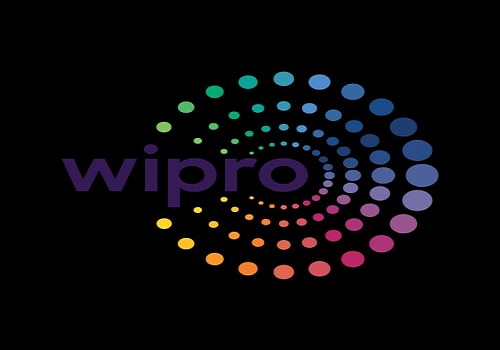



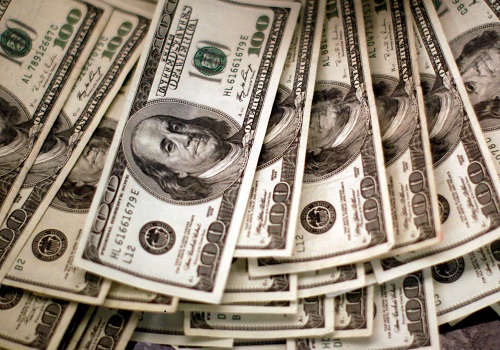



Tag News

Monthly Debt Market Update, September 2023: CareEdge Ratings








